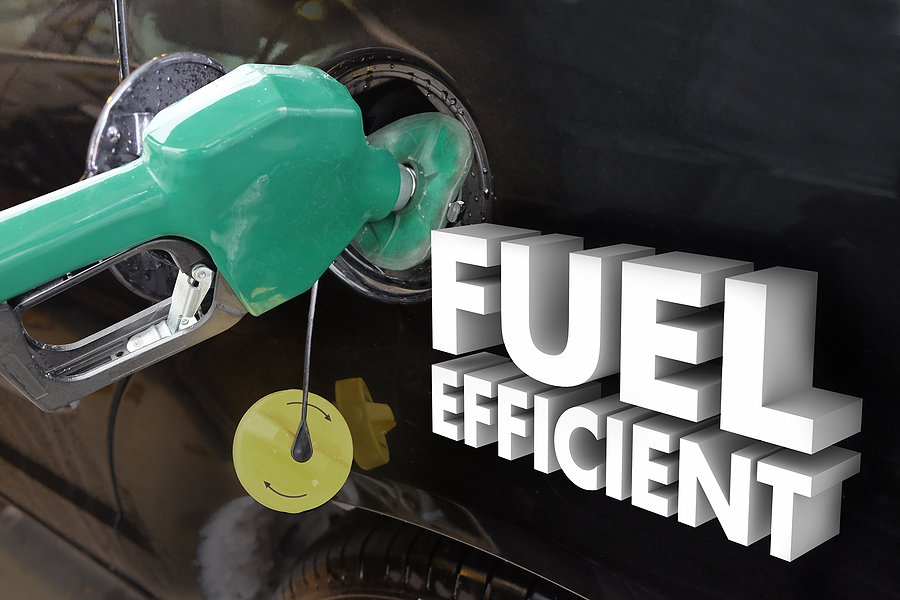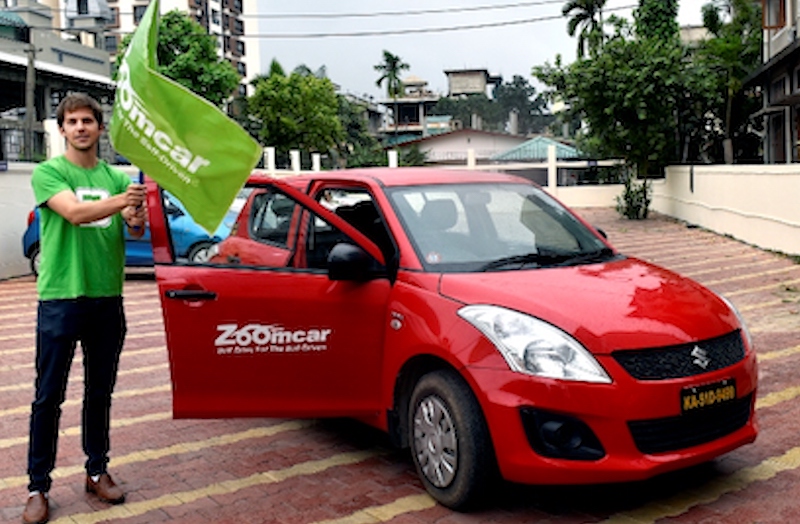Fuel costs are one of the largest ongoing expenses for vehicle owners. Whether you drive a compact car, a diesel truck, or an electric vehicle, understanding fuel efficiency and cost breakdown is crucial for smart budgeting. This guide helps you learn what fuel efficiency really means, how fuel costs add up over time, and what you can do to reduce them—without compromising your lifestyle or driving experience.
In this comprehensive blog post, we’ll break down everything you need to know to make informed decisions about your vehicle, including real-world cost comparisons, fuel-saving strategies, and the long-term benefits of investing in fuel-efficient or eco-friendly vehicles.
What Is Fuel Efficiency and Why Does It Matter?

Fuel efficiency refers to how far a vehicle can travel per unit of fuel. It’s commonly measured in miles per gallon (MPG) in the U.S. or liters per 100 kilometers (L/100km) in many other countries. Vehicles with higher fuel efficiency require less fuel to cover the same distance, saving you money on fuel and reducing your environmental footprint.
Why is this important? Because fuel prices fluctuate often, and the long-term cost of an inefficient car can run into thousands of dollars. For instance, a vehicle that gets 15 MPG will cost you significantly more over five years than one that gets 35 MPG. Moreover, more efficient vehicles produce fewer greenhouse gases, contributing less to climate change.
Fuel efficiency also impacts:
- Driving range (how far you can go before needing to refuel),
- Vehicle maintenance (less strain on the engine and brakes),
- Resale value, and
- Eligibility for government rebates or incentives.
Fuel Efficiency Cost Breakdown: Understanding the Numbers

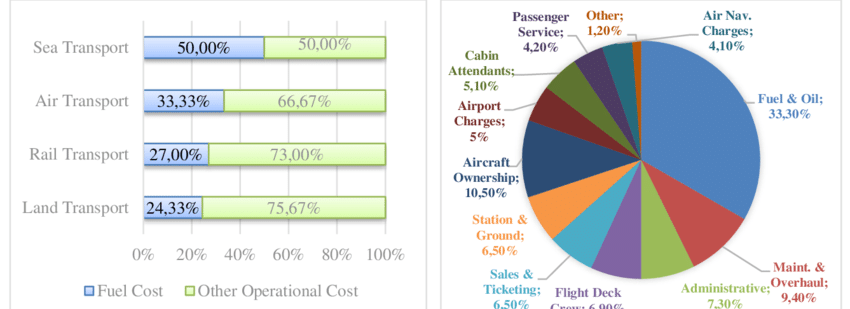
Let’s put the math into perspective with a real-world example.
Example:
Suppose you drive 15,000 miles per year, and your car averages 25 MPG.
- Total gallons used per year = 15,000 ÷ 25 = 600 gallons
- If gas costs $3.70 per gallon, your annual fuel expense = 600 × $3.70 = $2,220
Now, compare this to a more fuel-efficient vehicle that gets 40 MPG:
- Total gallons = 15,000 ÷ 40 = 375 gallons
- Annual fuel expense = 375 × $3.70 = $1,387.50
That’s a yearly savings of $832.50 — or over $4,000 in five years.
Now imagine owning a hybrid or electric vehicle. For EVs, the average cost per mile is around $0.04, while for gasoline cars it ranges from $0.12 to $0.20, depending on the car and local fuel prices.
So, by switching to a more efficient vehicle, you’re not just saving at the pump—you’re lowering your total cost of ownership.
Key Factors That Affect Fuel Efficiency
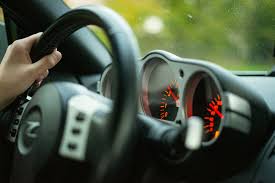
Even if your car is rated as “fuel-efficient,” how you drive and maintain it can make a huge difference. Below are the most important factors that influence your vehicle’s fuel consumption.
Driving Habits
Aggressive acceleration, sudden braking, and speeding reduce fuel efficiency dramatically. According to the U.S. Department of Energy, poor driving habits can lower your mileage by 15%–30% on highways and up to 40% in city traffic. Smooth driving with gradual acceleration and braking saves fuel and extends engine life.
Vehicle Type and Size
Naturally, larger vehicles such as SUVs and trucks consume more fuel than smaller sedans or hatchbacks. A compact car may get 30–40 MPG, while a full-size SUV might deliver only 15–20 MPG. Hybrid and electric cars are in a league of their own, with fuel economy equivalents (MPGe) often over 100.
Tire Condition and Pressure
Under-inflated tires increase rolling resistance, causing the engine to work harder and burn more fuel. A monthly tire pressure check can boost mileage by up to 3%. Also, worn-out tires or misaligned wheels decrease efficiency.
Air Conditioning and Accessories
Using the air conditioner excessively can increase fuel consumption by up to 20%, especially in stop-and-go traffic. Similarly, roof racks, overloaded trunks, and even open windows at high speeds increase aerodynamic drag, which reduces mileage.
Maintenance and Engine Health
Regular oil changes, air filter replacements, and engine tune-ups are essential for keeping your vehicle running efficiently. Neglected vehicles burn more fuel, cost more in repairs, and deliver poor performance.
Comparing Fuel Types: Gasoline, Diesel, Hybrid, and Electric

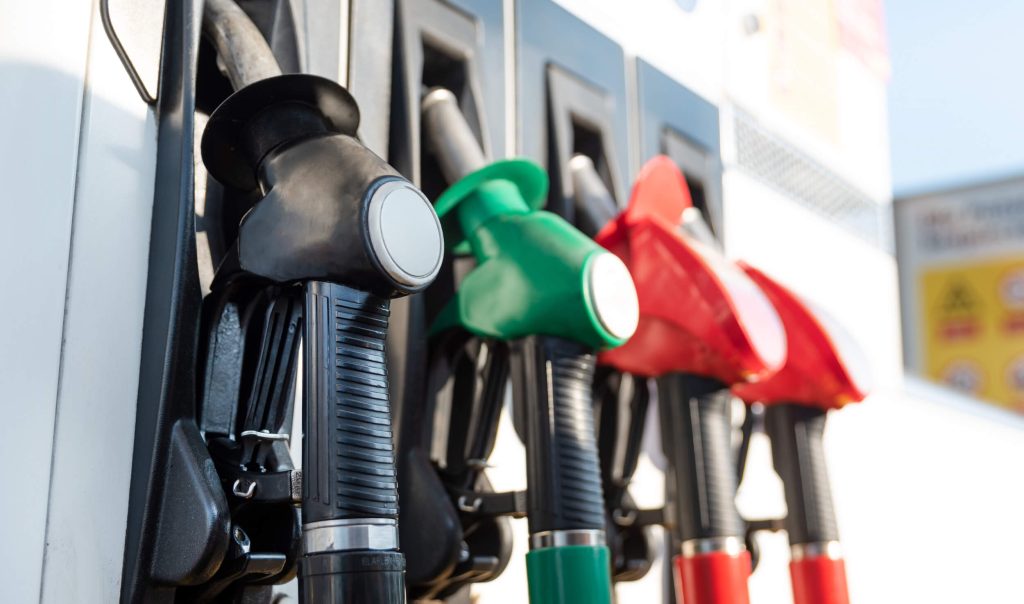
Your vehicle’s fuel type plays a big role in long-term fuel economy and maintenance costs. Here’s a quick breakdown:
| Fuel Type | Average MPG/MPGe | Fuel Cost/Mile | Maintenance | Pros | Cons |
|---|---|---|---|---|---|
| Gasoline | 20–30 MPG | $0.15 | Medium | Widely available | High fuel costs |
| Diesel | 25–35 MPG | $0.13 | Higher | Efficient for highways | Noisy, more emissions |
| Hybrid | 40–60 MPG | $0.08 | Low | Great for city driving | Higher upfront cost |
| Electric | 90–130 MPGe | $0.04 | Very Low | Quiet, low cost | Charging infrastructure still growing |
Choosing the right fuel type depends on your driving habits. If you mostly drive short distances or in cities, a hybrid or EV will give you the best returns. For long-distance highway travel, diesel or efficient gasoline models may be more practical.
How to Improve Your Fuel Efficiency: Top Tips

Even if you can’t buy a new car right away, you can still take steps to improve your existing vehicle’s fuel efficiency:
Keep Tires Properly Inflated
Check tire pressure monthly. Even a few PSI under the recommended level can lower MPG.
Limit Idling
Idling for more than 30 seconds burns fuel unnecessarily. Turn off your engine when waiting.
Use Cruise Control
On highways, this helps maintain a steady speed and can improve fuel economy by up to 14%.
Avoid Excess Weight
Clean out your trunk. Every 100 lbs of added weight reduces MPG by 1%–2%.
Stick to the Speed Limit
Fuel economy drops significantly at speeds above 60 MPH. Driving slower = driving cheaper.
Regular Maintenance
Don’t delay oil changes, filter replacements, and spark plug checks. A well-maintained engine runs more efficiently.
Combine Trips
Cold engines use more fuel. Plan your errands to avoid multiple short trips in one day.
Is It Time to Upgrade to a Fuel-Efficient Vehicle?
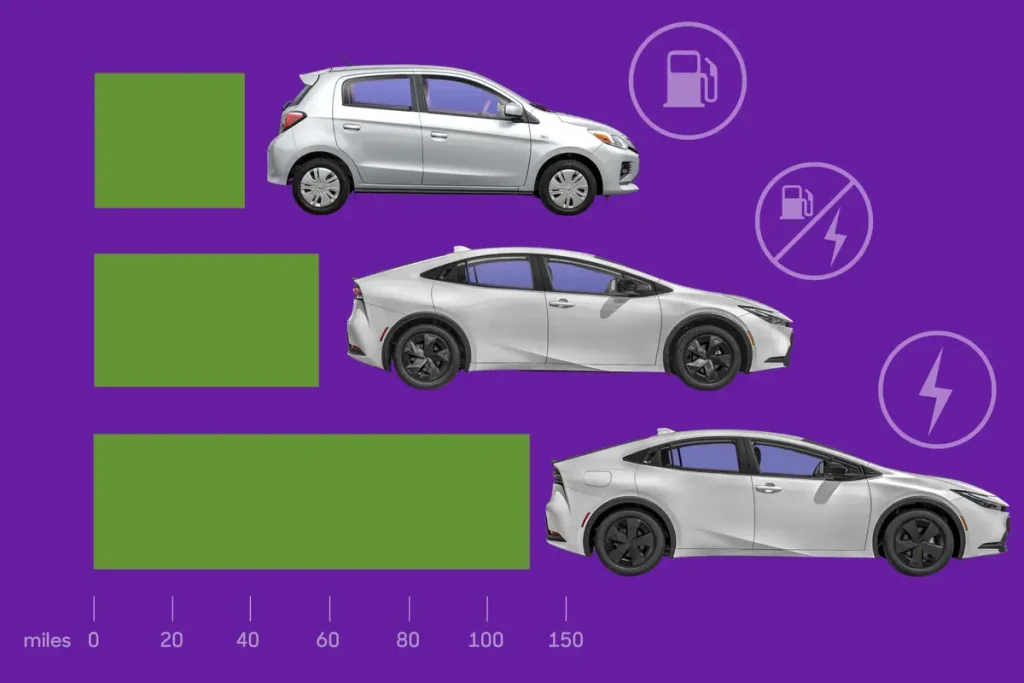
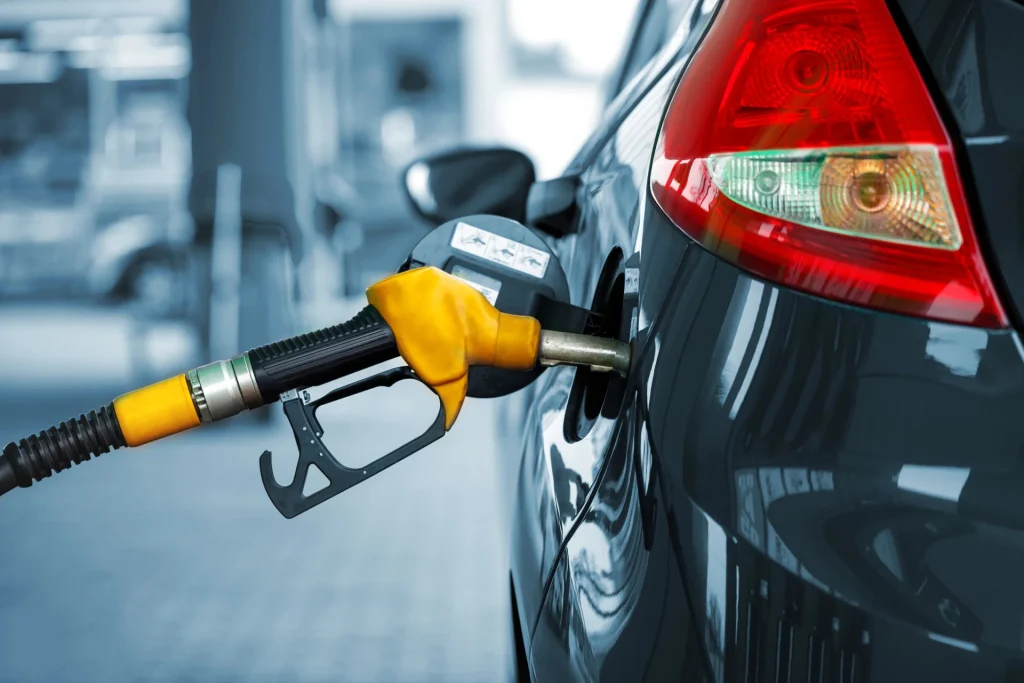
While fuel-saving habits help, upgrading to a more efficient car can be a game-changer—especially if your current car is over 10 years old or gets under 20 MPG. Here’s how to decide:
- Do you drive more than 12,000 miles/year?
- Is your car costing you $2,000+ per year in fuel alone?
- Are maintenance costs rising?
- Do you want to reduce your carbon footprint?
If you said “yes” to most of these, investing in a newer, more efficient car may save you money over the long run—even after factoring in the purchase price.
Many governments also offer incentives, rebates, and tax credits for electric or hybrid vehicle purchases, making the upgrade more affordable.
Final Thoughts: A Smart Driver is a Fuel-Smart Driver
Fuel efficiency isn’t just about saving money—it’s about smarter living. Understanding your vehicle’s fuel economy, driving habits, and long-term costs empowers you to make better decisions for your finances and the environment.
By applying fuel-saving strategies, tracking your consumption, and choosing the right vehicle when the time comes, you can reduce your fuel-related expenses by hundreds—if not thousands—each year.

